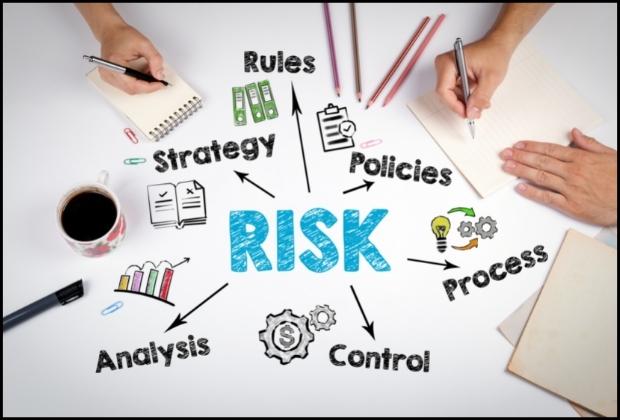Risk management usually ranks very low on the priorities list of most traders. Typically, way behind finding a better indicator, more accurate entry signals, or worrying about stopping hunting and unfair Algo-trading practices.
However, without proper knowledge about risk management, profitable trading is impossible. A trader needs to understand how to manage his risk, size his positions, create a positive outlook for his performance, and set his orders correctly if he wants to become a profitable and professional trader. Here are 9 tips provided by our Risk Management Assignment Help that will help you improve your risk management instantly and avoid the most common problems that cause traders to lose money.
9 Tips Provided By Our Risk Management Assignment Help:
Setting Orders and the Reward: Risk Ratio
When you spot an entry signal, think where you would place your stop loss and take profit order first. Once you’ve identified reasonable price levels for your orders, measure the risk: reward ratio. If it doesn’t match your requirements, skip the trade. Don’t try to widen your take profit order or tighten your stop loss to achieve a higher reward: risk ratio. The reward of a trade is always uncertain and potential. The risk is the only thing you can control about your trade. Most amateur traders do this the opposite way: they come up with a random reward: risk ratio and then manipulate their stop and profit orders to achieve their ratio.
Avoid Break-Even Stops
Our Custom Paper Writing Service states that moving the stop loss to the point of entry and so creating a “no risk” trade is a very dangerous and often unprofitable maneuver. Whereas it’s good and advisable to protect your position, the break-even strategy often leads to a variety of problems.
Especially if you are trading based on common technical analysis (support/resistance, chart patterns, highs, and lows, or moving averages), your point of entry is usually very obvious and many traders will have a very similar entry.
Never Even Use Fixed Stop Distances:
Many trading strategies tell you to use a fixed amount of points/pips on your stop loss and take profit orders across different instruments and even markets. Those “shortcuts” and generalizations completely neglect how price moves naturally and how financial markets work.
Volatility and momentum are constantly changing and, therefore, how much price moves in any given day and how much it fluctuates changes all the time. In times of higher volatility, you should set your stop loss and take profit orders wider to avoid premature stop runs and to maximize profits when the price swings more. And in times of low volatility, you have to set your orders closer to your entry and not be overly optimistic.
Always Compare win Rate and Reward: Risk Together
Many traders claim that the figure win rate is useless. But those traders miss a very important point. While observing the win rate alone will provide you with no valuable insights, combining the win rate and reward: risk ratio can be seen as the holy grail in trading. It’s so important to understand that you neither need an insanely high win rate nor have to ride your trades for a very long time.
Don’t Use Daily Performance Targets:
Many traders will randomly set daily or weekly performance targets. Such an approach is very dangerous and you have to stop thinking in terms of daily or weekly returns. Setting yourself daily goals creates a lot of pressure and it usually also creates a “need to trade”
Position Sizing Like a Pro:
When it comes to position sizing, traders usually pick a random number such as 1%, 2%, or 3%, and then apply it to all their trades without ever thinking about position sizing again.
Using the Reward: Risk Ratio and R-Multiple Together:
Whereas the reward: risk ratio is more of a potential metric where you measure the distances to your stop and profit target when you enter the trade, the R-multiple is a performance measurement and it describes the outcome of your trades.
Take Spread Seriously:
For the most liquid instruments, spreads are usually just a few pips, and, therefore, traders view them as they weren’t even existent. The average day trader usually holds his trades for anywhere between 5 and 200 pips. If the spread on your instrument is 2 pips, this will mean that you pay a fee of 10% on trades with a profit of 20 pips. And even if you hold your trade for 50 pips, the spread amounts to almost 5%.
Correlations Increasing Risk Unknowingly
The Risk Management Assignment Help believes that 50 pips a day forex strategy can often see a very strong correlation between certain forex pairs. stock traders notice that companies within the same industries and sectors, or which are based in the same country, often move together over long periods. When it comes to money- and risk management this means that trading instruments that are positively correlated lead to increased risk.
Also read about:
How to Choose the Best Edible Product for Your Online Business
The Best XM Forex Deposit Bonuses
Fuel Pump Replacement Symptoms














